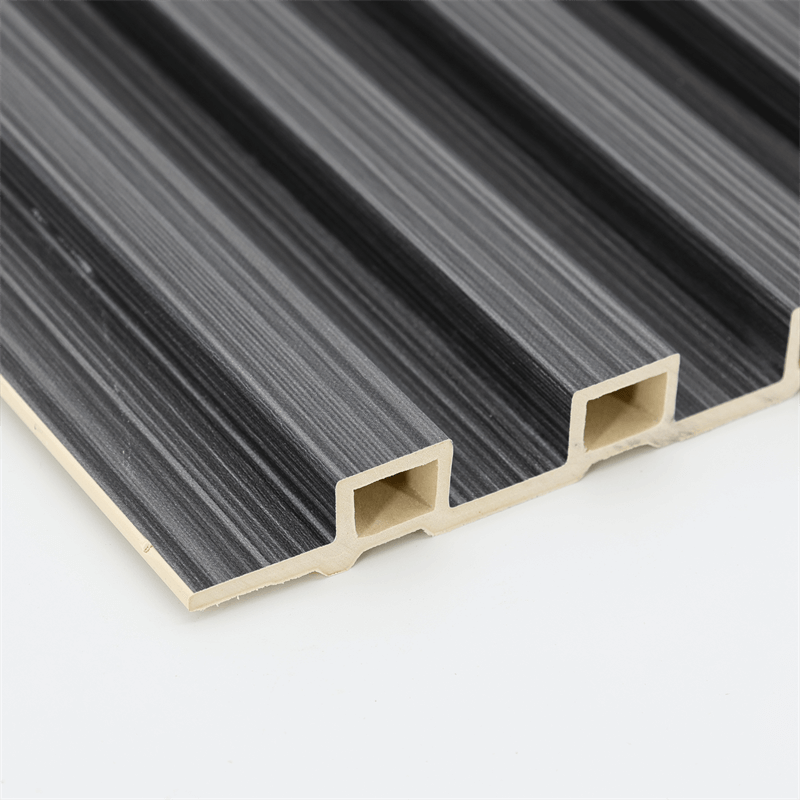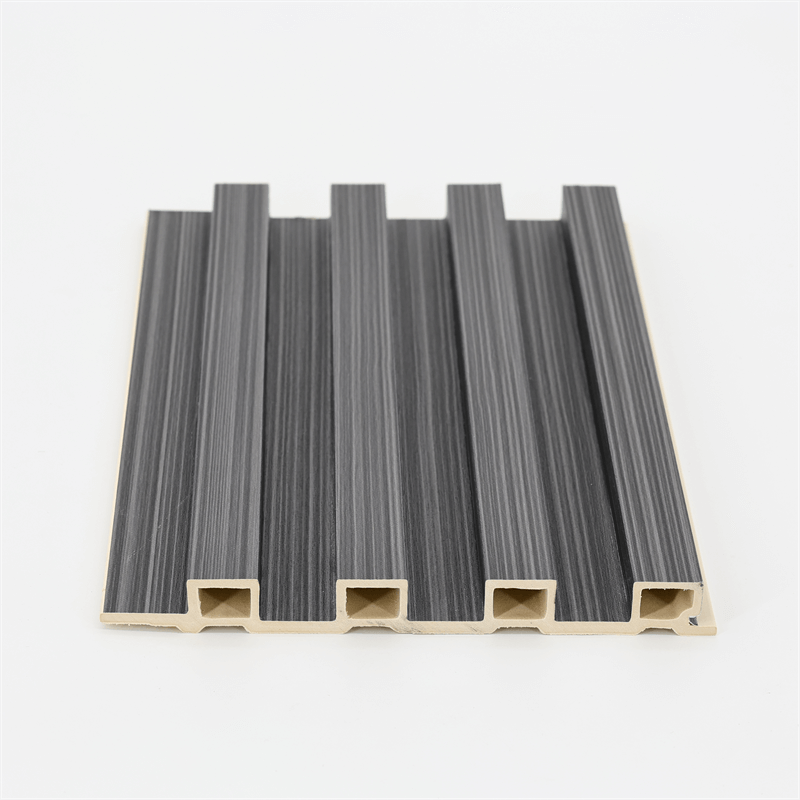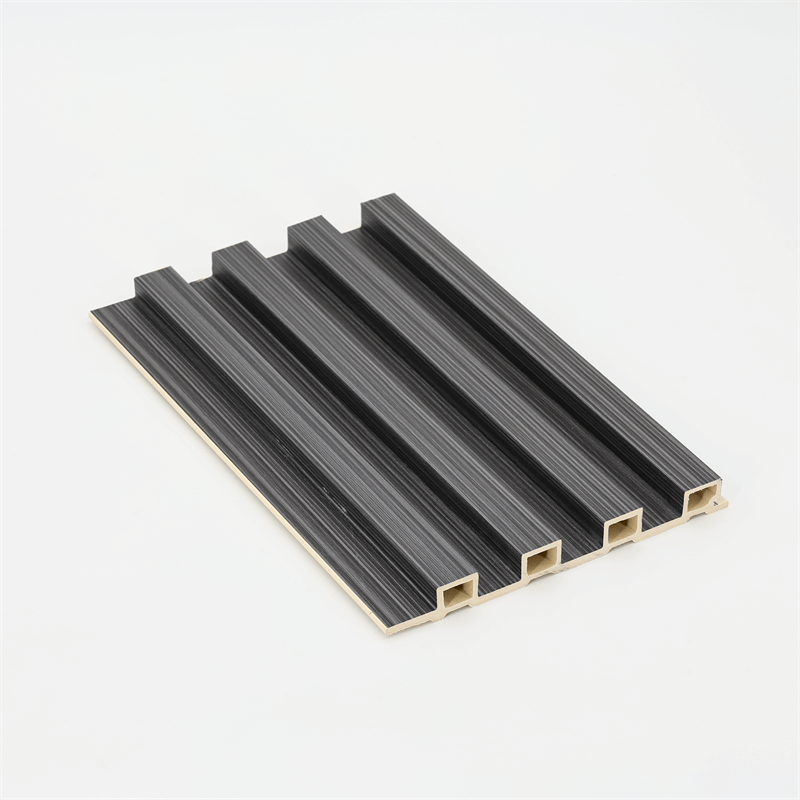In the world of modern architecture, balancing aesthetics, functionality, and cost-efficiency is essential for successful design.
WPC (Wood-Plastic Composite) wall panels have emerged as a popular choice due to their ability to offer a cost-effective solution without compromising on style and performance.
In this essay, we will explore how WPC wall panels provide a cost-effective solution for modern architecture, focusing on their affordability, durability, versatility, and environmental sustainability.
I. Affordability:
One of the key advantages of WPC wall panels is their affordability compared to traditional building materials such as wood or stone.
WPC wall panels are manufactured using a combination of wood fibers and thermoplastics, resulting in a material that is both cost-effective and durable.
The manufacturing process of WPC wall panels allows for efficient production and lower material costs, making them an attractive option for architects and builders working within budget constraints.
Furthermore, the installation of WPC wall panels is relatively straightforward and can be done in a shorter timeframe compared to other cladding materials.
This not only reduces labor costs but also minimizes disruptions during the construction process, ultimately contributing to overall cost savings.
II. Durability and Longevity:
In addition to their affordability, WPC wall panels offer exceptional durability and longevity.
The combination of wood fibers and thermoplastics creates a composite material that is resistant to rotting, warping, and cracking, which are common issues faced by traditional wood cladding.
WPC wall panels are engineered to withstand various weather conditions, including rain, humidity, and UV exposure, ensuring that they maintain their integrity and appearance over time.
The durability of WPC wall panels translates into long-term cost savings for building owners and operators.
With minimal maintenance requirements, such as occasional cleaning, WPC wall panels can withstand the test of time without the need for frequent repairs or replacements.
This longevity significantly reduces lifecycle costs associated with maintenance, making WPC wall panels a cost-effective choice for modern architecture.
III. Versatility in Design:
WPC wall panels offer a high degree of versatility in design, allowing architects and designers to unleash their creativity.
These panels are available in a wide range of colors, finishes, and textures, mimicking the look of natural materials such as wood or stone.
Whether aiming for a contemporary, rustic, or traditional aesthetic, WPC wall panels can be customized to suit various architectural styles.
Furthermore, WPC wall panels can be easily installed on different surfaces, including concrete, brick, or metal.
This versatility allows for seamless integration into new construction projects or retrofitting existing structures.
Whether used for interior or exterior applications, WPC wall panels offer architects the freedom to create visually striking and cohesive designs while staying within budgetary constraints.
IV. Environmental Sustainability:
Sustainable design is a growing consideration in modern architecture. WPC wall panels offer an environmentally friendly alternative to traditional building materials.
These panels are made from a combination of recycled wood fibers and recycled thermoplastics, reducing the demand for virgin materials and minimizing waste.
By utilizing recycled content, WPC wall panels contribute to the reduction of environmental impact associated with deforestation and resource depletion.
Additionally, the manufacturing process of WPC wall panels consumes less energy compared to other cladding materials, further reducing their carbon footprint.
The durability and long lifespan of WPC wall panels also contribute to their environmental sustainability, as they reduce the need for frequent replacements and associated waste generation.
WPC wall panels provide a cost-effective solution for modern architecture, combining affordability, durability, versatility, and environmental sustainability.
The affordability of WPC wall panels makes them an attractive option for architects and builders working within budget constraints.
Their durability ensures long-term cost savings by reducing maintenance and replacement expenses.
The versatility of WPC wall panels allows architects to create visually appealing designs that suit various architectural styles.
Lastly, the environmental sustainability of WPC wall panels aligns with the growing focus on sustainable design practices.

In conclusion, WPC wall panels offer a cost-effective solution for modern architecture without compromising on style, performance, or sustainability.
Their affordability, durability, versatility, and environmental sustainability make them a preferred choice for architects, builders, and building owners.
With their numerous benefits, WPC wall panels provide an excellent option for those seeking a cost-effective and sustainable cladding solution in modern architecture.
In conclusion, WPC wall panels present a compelling case as a cost-effective solution for modern architecture.
Their affordability, durability, versatility, and environmental sustainability make them an attractive option for architects and builders seeking to balance budget constraints with design excellence.
The affordability of WPC wall panels allows for cost savings during both the material procurement and installation phases.
Their durability ensures long-term value by reducing maintenance and replacement costs. The versatility in design enables architects to unleash their creativity and achieve a wide range of aesthetic styles.
Lastly, the environmental sustainability of WPC wall panels aligns with the growing emphasis on sustainable construction practices.
By incorporating WPC wall panels into modern architectural projects, designers can achieve a balance between cost-effectiveness and quality.
These panels offer an excellent alternative to traditional building materials, providing a cost-effective and sustainable solution that does not compromise on style or performance.
As the demands of modern architecture continue to evolve, WPC wall panels serve as a testament to the innovative solutions available to architects and builders.
Their ability to deliver affordability, durability, versatility, and sustainability makes them a valuable asset in creating visually appealing, long-lasting, and cost-effective architectural designs.
In summary, WPC wall panels demonstrate their merit as a practical and economical choice for modern architecture.
Their cost-effectiveness, combined with their durability, versatility, and environmental benefits, positions them as a reliable solution that can meet the challenges of contemporary design.
With their array of advantages, WPC wall panels present an attractive option for architects and builders seeking to optimize both the aesthetic and financial aspects of their projects.


